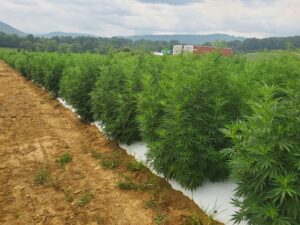
Position Closed. HIRING NOW! Hops, Hemp, Ginseng, Heirloom Tomatoes...
8/11/2021 – Update: Love social media! We got a bunch of applications within just a few days. Thanks. 8/7/2021 – …


Extension and research at NC State address timely issues impacting our state. Extension delivers trusted information directly into the hands of farmers and agribusinesses, helping them translate knowledge into solutions that grow our economy and communities.
El inglés es el idioma de control de esta página. En la medida en que haya algún conflicto entre la traducción al inglés y la traducción, el inglés prevalece.
Al hacer clic en el enlace de traducción se activa un servicio de traducción gratuito para convertir la página al español. Al igual que con cualquier traducción por Internet, la conversión no es sensible al contexto y puede que no traduzca el texto en su significado original. NC State Extension no garantiza la exactitud del texto traducido. Por favor, tenga en cuenta que algunas aplicaciones y/o servicios pueden no funcionar como se espera cuando se traducen.
Inglês é o idioma de controle desta página. Na medida que haja algum conflito entre o texto original em Inglês e a tradução, o Inglês prevalece.
Ao clicar no link de tradução, um serviço gratuito de tradução será ativado para converter a página para o Português. Como em qualquer tradução pela internet, a conversão não é sensivel ao contexto e pode não ocorrer a tradução para o significado orginal. O serviço de Extensão da Carolina do Norte (NC State Extension) não garante a exatidão do texto traduzido. Por favor, observe que algumas funções ou serviços podem não funcionar como esperado após a tradução.
English is the controlling language of this page. To the extent there is any conflict between the English text and the translation, English controls.
Clicking on the translation link activates a free translation service to convert the page to Spanish. As with any Internet translation, the conversion is not context-sensitive and may not translate the text to its original meaning. NC State Extension does not guarantee the accuracy of the translated text. Please note that some applications and/or services may not function as expected when translated.
Collapse ▲
8/11/2021 – Update: Love social media! We got a bunch of applications within just a few days. Thanks. 8/7/2021 – …
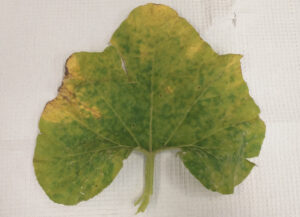
Written by Mariana Prieto-Torres, Savithri Purayannur, Mike Adams, and Lina M. Quesada-Ocampo Pseudoperonospora cubensis, the causal agent of cucurbit downy …
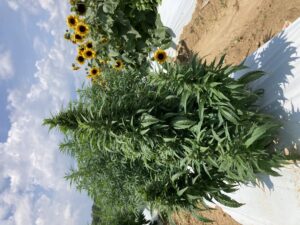
7/29/2021 – It is a very beautiful, but very hot day in western North Carolina. And research associate, Margaret …
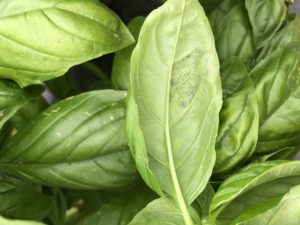
Basil downy mildew has been confirmed on the variety Genovese in a homeowner garden in Pender County, North Carolina. …
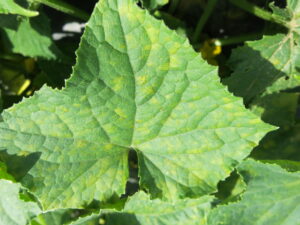
Cucumber downy mildew (CDM) has been confirmed on cucumber plant samples from a commercial grower in Haywood County, NC. …

Late blight on tomato has been confirmed near Macon County, NC on July 27, 2021. UPDATE August 3, 2021: The …
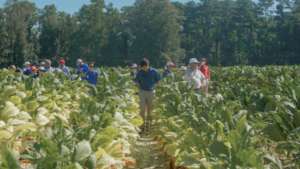
Please share across your networks. The NC State University Organic Working Group will be holding an Organic Commodities Field Day …
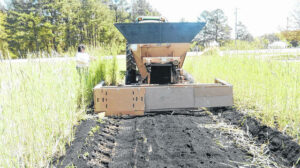
The biggest handicap to growing crops in the Sandhills is the sandy soil. Acidic and low in organic matter, …
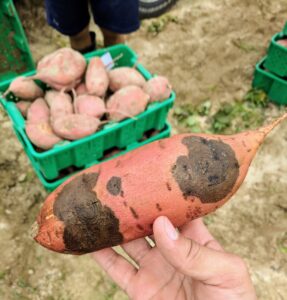
Written by Camilo H. Parada-Rojas and Dr. Lina M. Quesada-Ocampo The United States (U.S.) Environmental Protection Agency (EPA) renewed the …
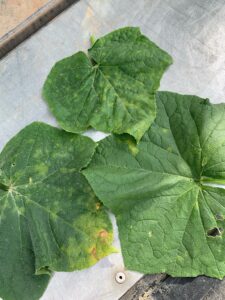
Written by Mariana Prieto-Torres, Mike Adams, Dr. Savithri Purayannur, and Dr. Lina M. Quesada-Ocampo. Pseudoperonospora cubensis, the causal agent of cucurbit …
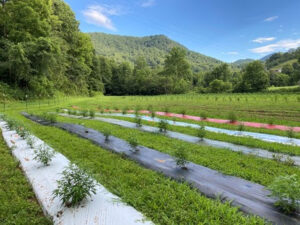
6/9/2021 – By Katherine Learn, graduate student/research assistant, and Margaret Bloomquist, research associate (this article was also sent to …
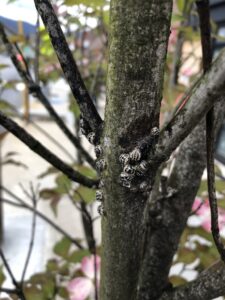
Calico scale, Eulecanium cerasorum, was accidentally introduced to California from Asia in the 1920s. It has now become established …

4/27/2021 – To create good fertility recommendations for North Carolina truffle growers, we need more data!!! So, in cooperation …
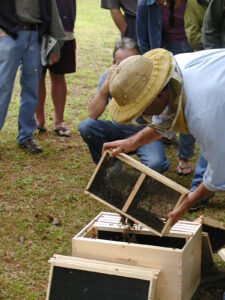
Springtime for beekeepers is synonymous with starting new colonies, especially since annual losses have been hovering ~40% every year so …

Last year, there was a lot of media buzz (no pun intended) surrounding the introduction of Asian giant hornets …
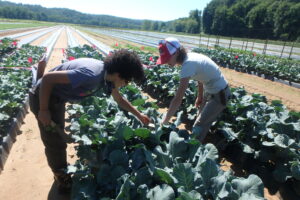
3/30/2021 – POSITION IS FILLED!!! We are hiring a new team member to work in our NC Alternative Crops …

From Camilo Parada and Dr. Lina Quesada-Ocampo In collaboration with the Plant Disease and Insect Clinic at NC State University, …
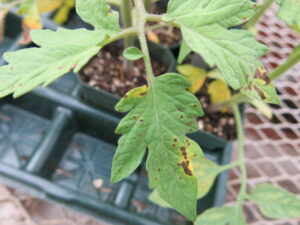
For vegetable growers (both commercial and home gardeners), springtime often brings to mind tomato transplants. However, sometimes diseases occur …
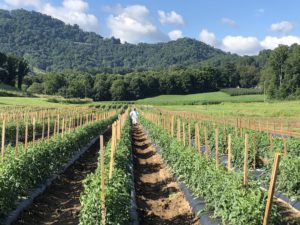
The fungicide spray guides for tomato and pepper are intended for commercial growers and are suggested products or programs …
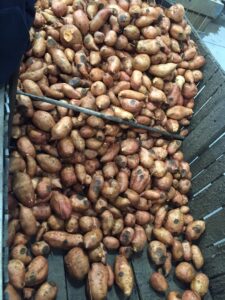
From Madison Stahr and Dr. Lina Quesada-Ocampo Sweetpotato black rot, caused by the fungal pathogen Ceratocystis fimbriata, was found in …

This factsheet introduces extrusion as a food and feed production process. Topics include the basic …
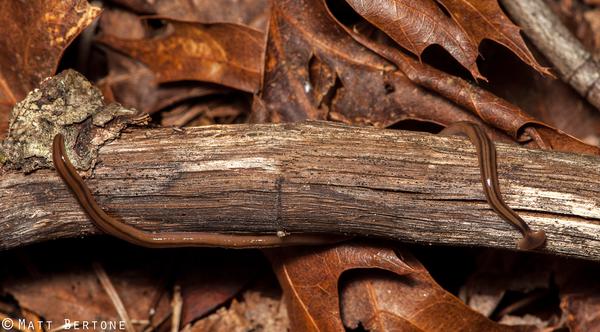
This factsheet offers information on the identification and management of various flatworms that may be …

As public parks and recreation facilities are increasingly positioned as health resources, greater demands for …

This publication provides information to growers about soybean production in North Carolina. It discusses economic …

This publication provides guidance for pruning blackberry, including a pruning calendar and step-by-step instructions for …

This publication discusses the factors involved in managing water requirements for soybeans. It addresses growth …

North Carolina has one of the most varied climates of any eastern state, and a …
This document was developed in workshops with North Carolina growers to provide a framework for …